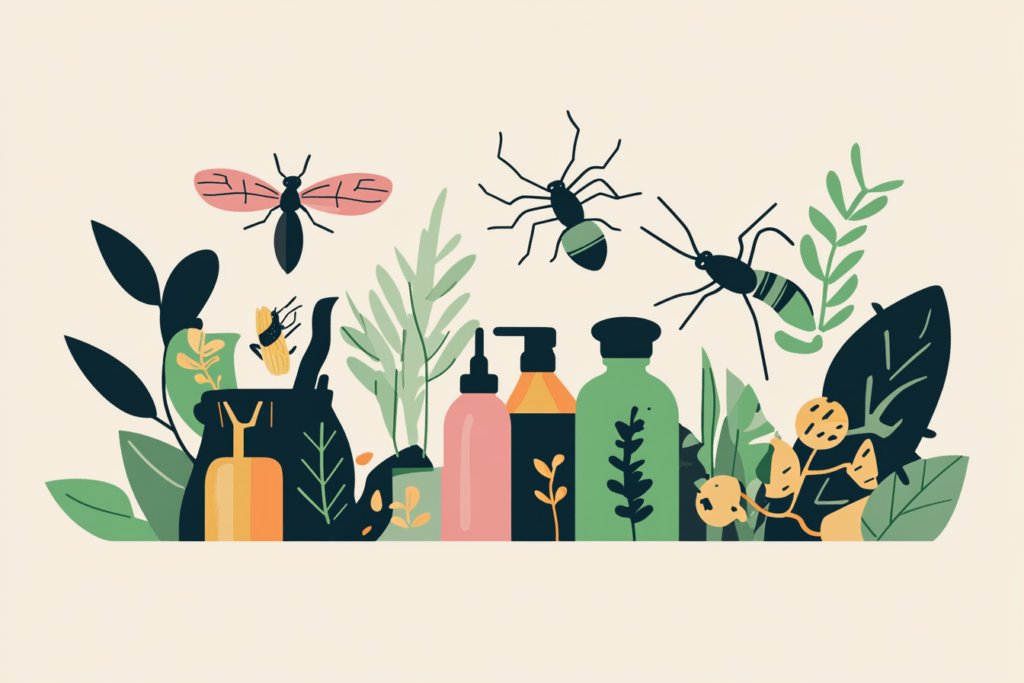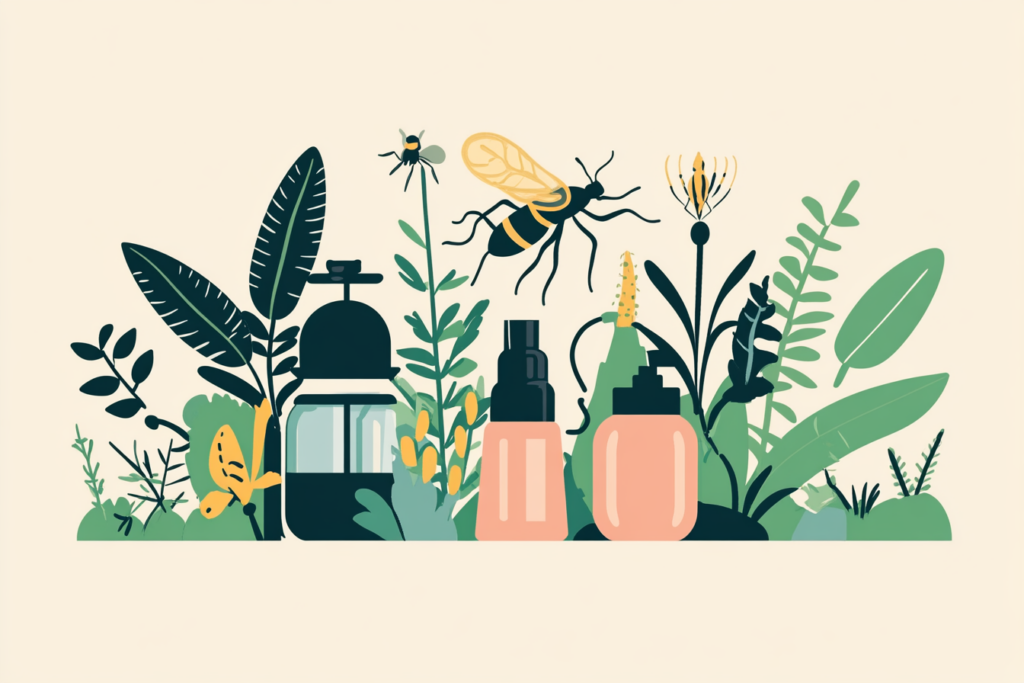People start gardens for many reasons, but one of the big ones is avoiding pesticides. If you want fruits and veggies that are safe to eat off the vine, you can’t buy them at the grocery store. For shipping preservation, many fruits and vegetables get coated in wax, while others still have a hefty covering of chemicals you need to wash off before eating. But when you’re planting at home, you can use natural gardening methods like companion planting to increase your harvest and scare away unwanted garden visitors.
How Companion Planting Works

Companion planting is the practice of planting mutually beneficial plants together in your garden. Some plants act as natural mulch or offer shade for plants that don’t need full sun. Others secrete chemicals that deter unwanted insects or attract pollinators. In general, companion planting provides five types of benefits:
- Pest control. Some plants naturally ward off insects that might eat through your garden, while others attract them. Both can be used to protect your harvest. Planting trap crops that lure in pests can pull them away from the plants you want to protect, while herbs and flowers that deter pests live next to your garden for an added barrier.
- Pollination and attracting beneficial insects. Putting in some lavender or calendula can bring more pollinators to your yard, giving you a sea of bees and butterflies, naturally improving your yield. But did you know you can also lure in insect defenders? Dill and fennel both attract insects like ladybugs and parasitic wasps, which will eat the insects trying to eat your crops.
- Soil enhancement. Not all plants need the same things from the soil, but if you plant the right mix, you can improve the soil quality for everything that goes into that ground. For example, root vegetables help aerate your soil, while legumes fix nitrogen imbalances.
- Microclimate modification. Planting tall crops next to those that need protection from full sun, like lettuce, is a great way to use your garden space effectively.
- Growth support. Some plants do better with a little help. The Three Sisters technique, developed by Indigenous peoples in America, is a great example. Corn, climbing beans, and squash all grow together, each providing support for the other plants. Corn acts as a pole, climbing beans stabilizes the corn while fixing nitrogen, and squash grows at the base, suppressing weeds with its broad leaves.
Best Companion Planting Pairings
While this article focuses on best practices for pest control, there are many reasons to plant some crops together. Here are a few suggestgrowing can grow in harmony as companion plants.
Tomatoes
- Basil: Repels whiteflies and hornworms.
- Marigolds: Repel nematodes, aphids, and whiteflies.
- Borage: Attracts pollinators and deters tomato hornworms.
Corn
- Beans: Fix nitrogen; climb corn stalks.
- Squash: Offers ground cover and deters weeds.
- Sunflowers: Attract pollinators; support climbing beans.
Carrots
- Leeks and onions: Deter carrot flies.
- Rosemary and sage: Repel carrot flies.
Cabbage Family (Brassicas: broccoli, kale, cabbage, cauliflower)
- Dill and rosemary: Repel cabbage loopers and moths.
- Nasturtium: Acts as a trap crop for aphids and cabbage worms.
- Celery: Enhances growth and repels some insects.
Onions and Garlic
- Carrots: Mutual pest deterrence.
- Beets, lettuce, and strawberries: All benefit from being near onions.
Strawberries
- Spinach and lettuce: Grow well in similar conditions.
- Thyme: Ground cover and pest repellent.
- Borage: Attracts pollinators.
General Helpers
Some plants benefit nearly everything around them. Consider planting these “allies” around the garden:
- Marigolds: Known to deter aphids, nematodes, whiteflies, and beetles.
- Nasturtium: Attracts aphids away from crops; edible and beautiful.
- Borage: Attracts bees, deters hornworms, improves soil and plant flavor.
- Yarrow: Attracts ladybugs, lacewings, and other pest predators.
You can also use some of these plants in pots to reposition them as needed.
Tips for Successful Companion Planting
- Start small: Don’t feel the need to plant every crop in a companion arrangement. Test a few combinations and observe how they perform.
- Consider timing: Some plants grow faster than others. Pair early crops (like radishes) with slower-growing companions (like onions).
- Watch spacing: Companion planting doesn’t mean overcrowding. Give each plant the space it needs to thrive.
- Rotate crops: Change planting locations yearly to prevent soil depletion and disease build-up.
- Use flowers and herbs: Often overlooked, these not only benefit vegetable production but also beautify your space and attract helpful insects.
Limitations of Companion Planting
While companion planting has clear benefits, it’s not foolproof. You’ll need to experiment to find out what works in your garden. Different soil and climate conditions can change how plants interact in an ecosystem. You’ll also need to pay attention to what might negatively impact your plants. There are companion plants and plants that are never going to be friends (like fennel with almost anything).
Also, companion planting isn’t ideal for large farms since harvesting machinery often doesn’t work well on more than one type of plant. This strategy is best deployed on small-scale growing plots.
Build a Better Garden, Naturally
Companion planting is a sustainable and thoughtful way to plan your garden. With a little experimentation, you can create a space where plants support one another, growing stronger, resisting pests, and producing better harvests.
By understanding how different species interact above and below the soil, you turn your garden into a miniature ecosystem that thrives naturally. Whether you’re cultivating raised beds in an urban yard or a full acre in the countryside, companion planting can help you work smarter toward an abundant harvest.
You might also be interested in: 5 Pest Control Tips for Homes with Children and Pets




